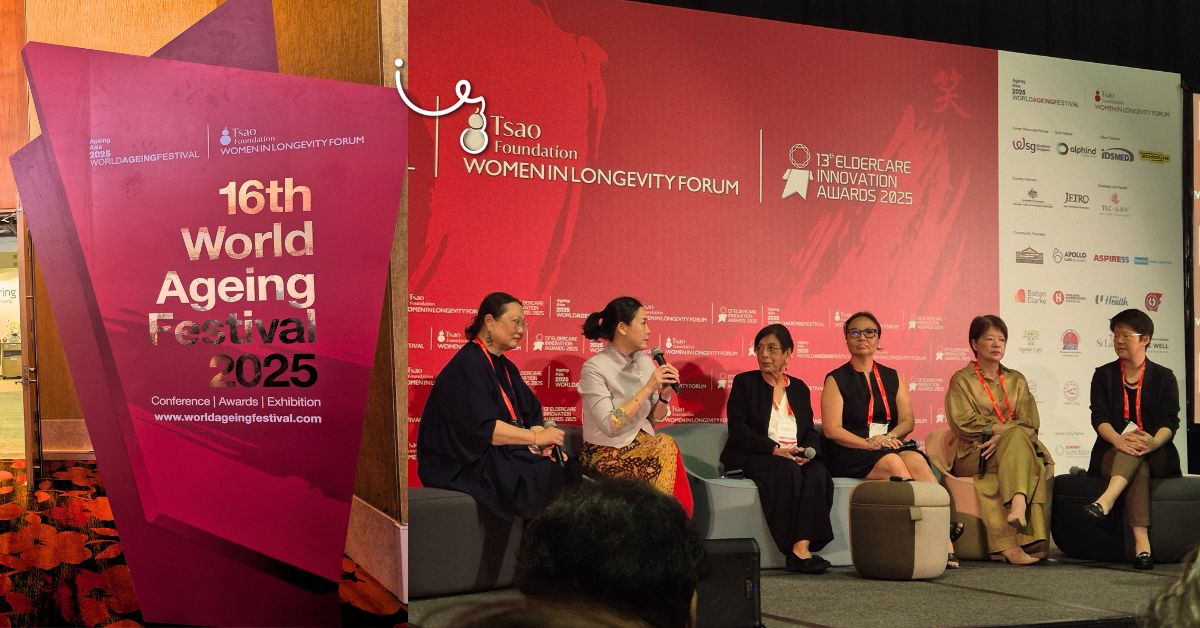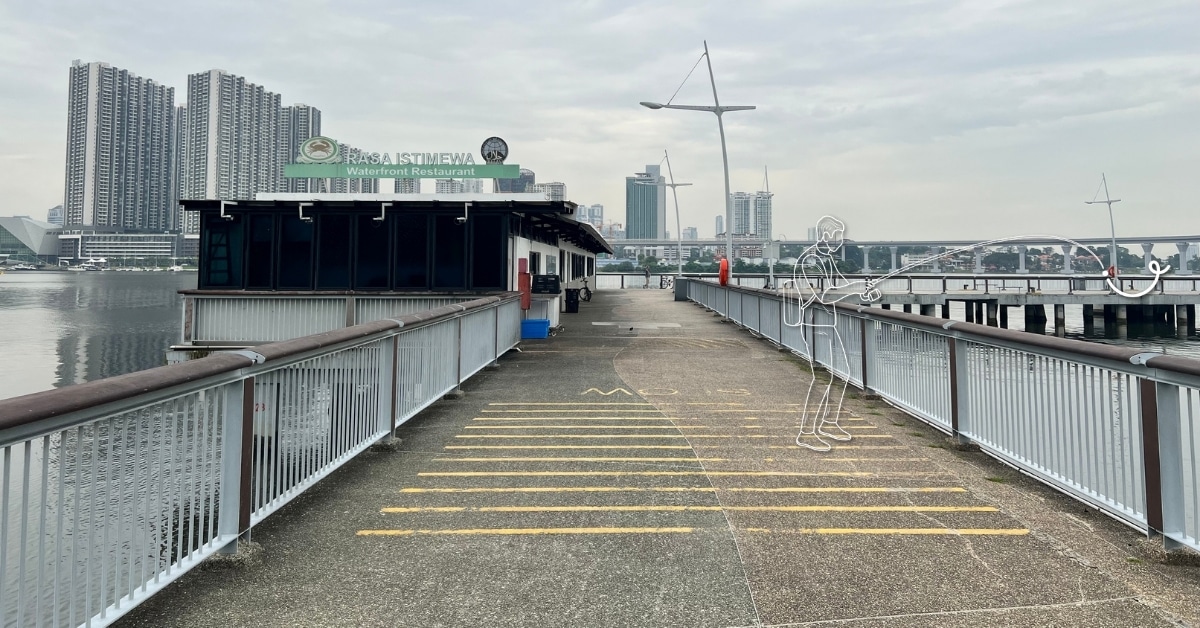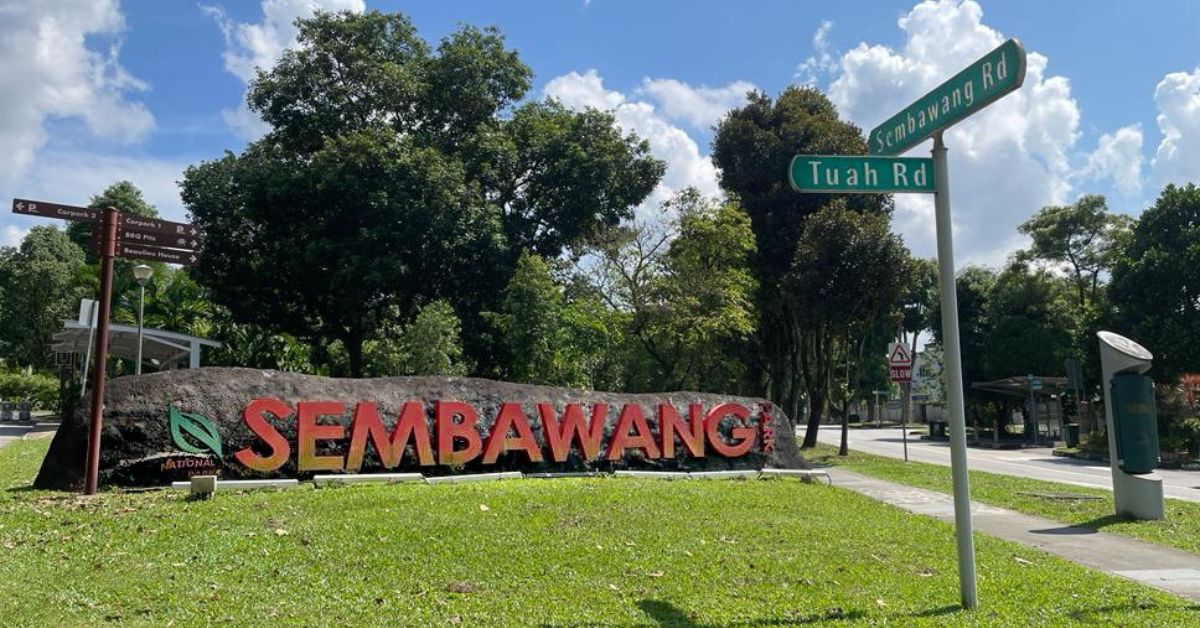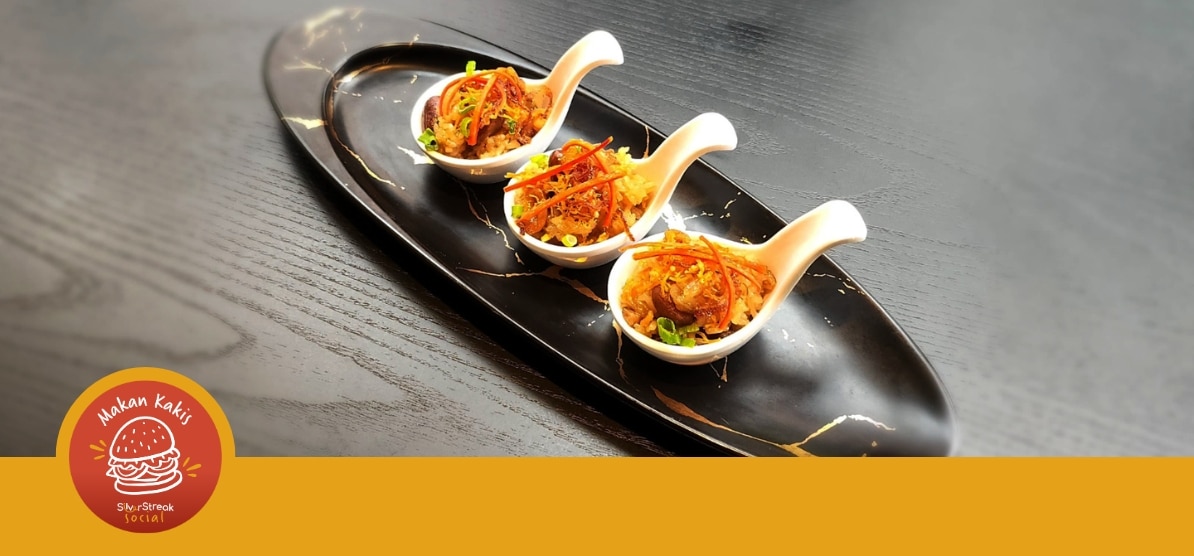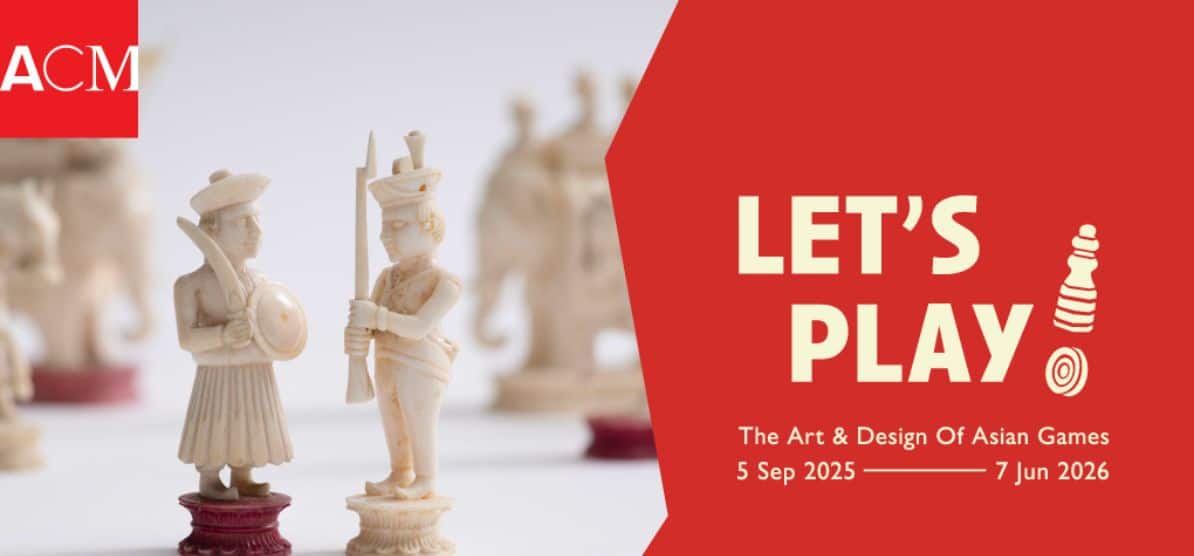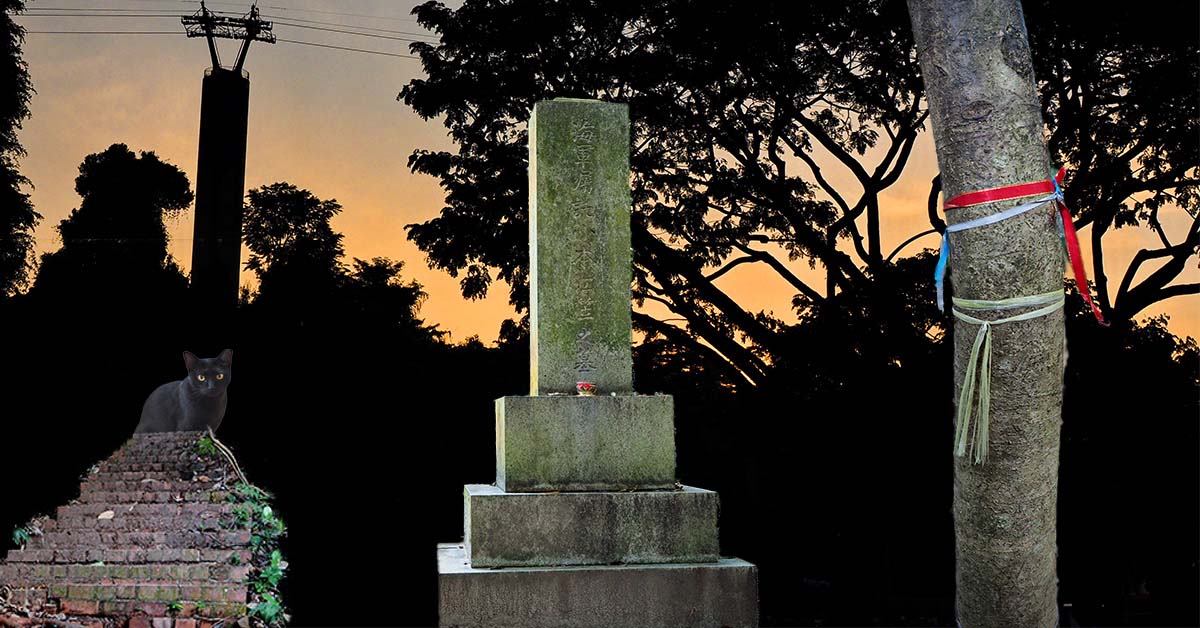
Like everything else, bus fares have gone up. That’s the bad news. The good news is anything under 50cents is still a bargain for a 30-minute bus ride.
We decided to explore somewhere that involves some strenuous walking.
We headed to Keppel Hill, right across from the massive Caribbean @ Keppel Bay. We boarded a double-decker at Crawford Bridge at 7am and sat in the front row to enjoy the “bus tour” feel. We were transported through the CBD via North Bridge Road, South Bridge Road and Keppel Road at amazing speed.
We were amazed at the amount of construction going on in the Keppel Harbour area; that zone is going to be unrecognisable soon.
We arrived at the Caribbean @ Keppel Bay bus stop at 7:30am and were impressed by how alive the area was with bikers, joggers, and kids being taken to school; very different from the quiet CBD area we’d just passed through.
Advertisement
We crossed West Coast Road, turned right, and headed for the rather nondescript Seah Im car park, where we were greeted by a glorious sunrise.
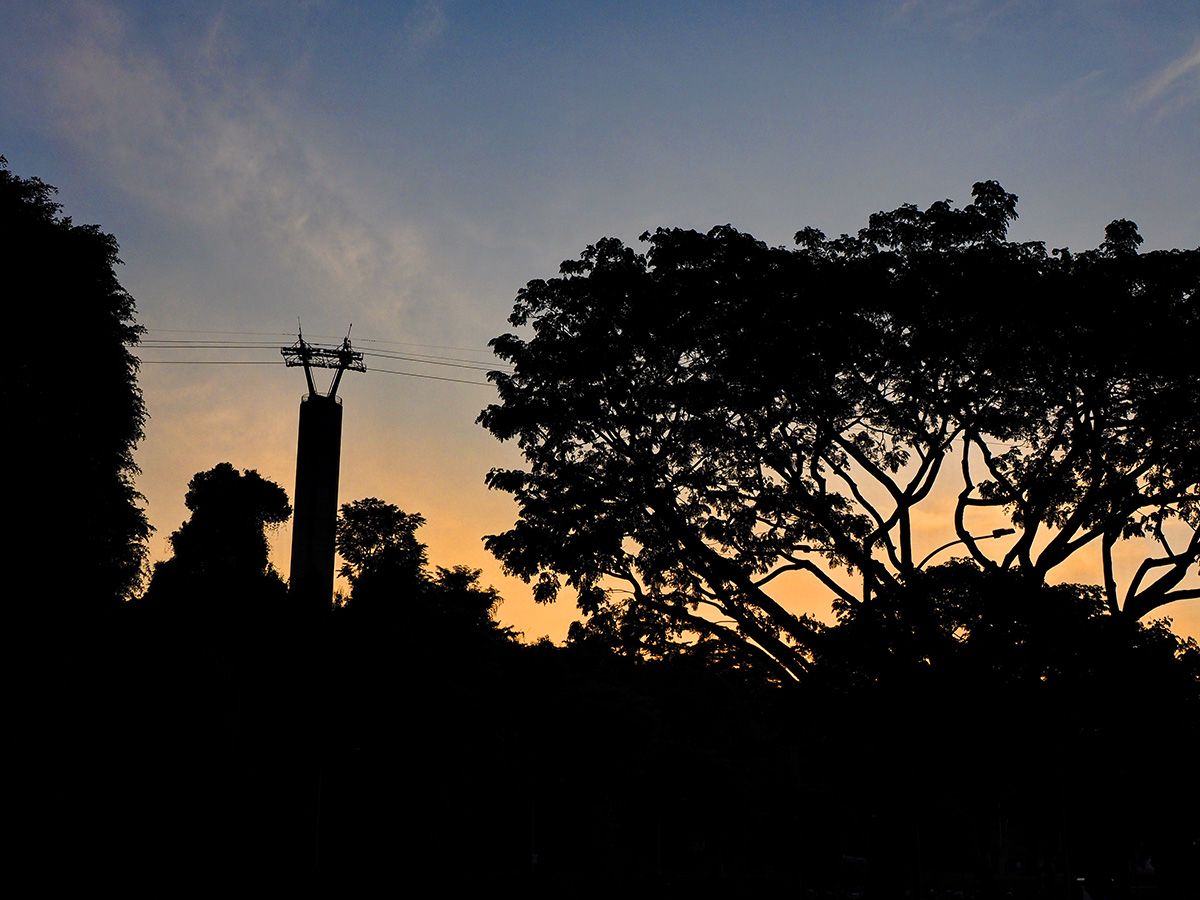
The car park is not a place one would expect to find a mysterious WWII relic. But, nearby, through a gap in the fence, and a few steps further through the wooded area was a war-era bunker. Entering the bunker in the dark was a bit scary, but thanks to the flashlight feature on my handphone I could find my way into the main chamber.
There are various theories about what went on in the bunker and what it was used for—from holding prisoners of war to a storage facility. Oh, if those walls could talk!
But it certainly gives one a sense of another time, another place. I thought of all the trauma and drama we’re going through now with Covid-19, but enduring WWII and the occupation must have involved suffering on a completely different scale. It would have been incomparable to anything we have to deal with now.
The ceiling of the bunker is very low, so watch your head, but you also must watch your step — there are what look like civet droppings scattered through the area.
We then walked back to West Coast Road and headed toward Wishart Road (look for Diamond Industries on the corner). From there we turned right, onto Keppel Hill Road.
We soon came across what would turn out to be one of the highlights of our trip: We met our mysterious yet charming escort — a black cat that seemed to immediately suss out that we are cat lovers.
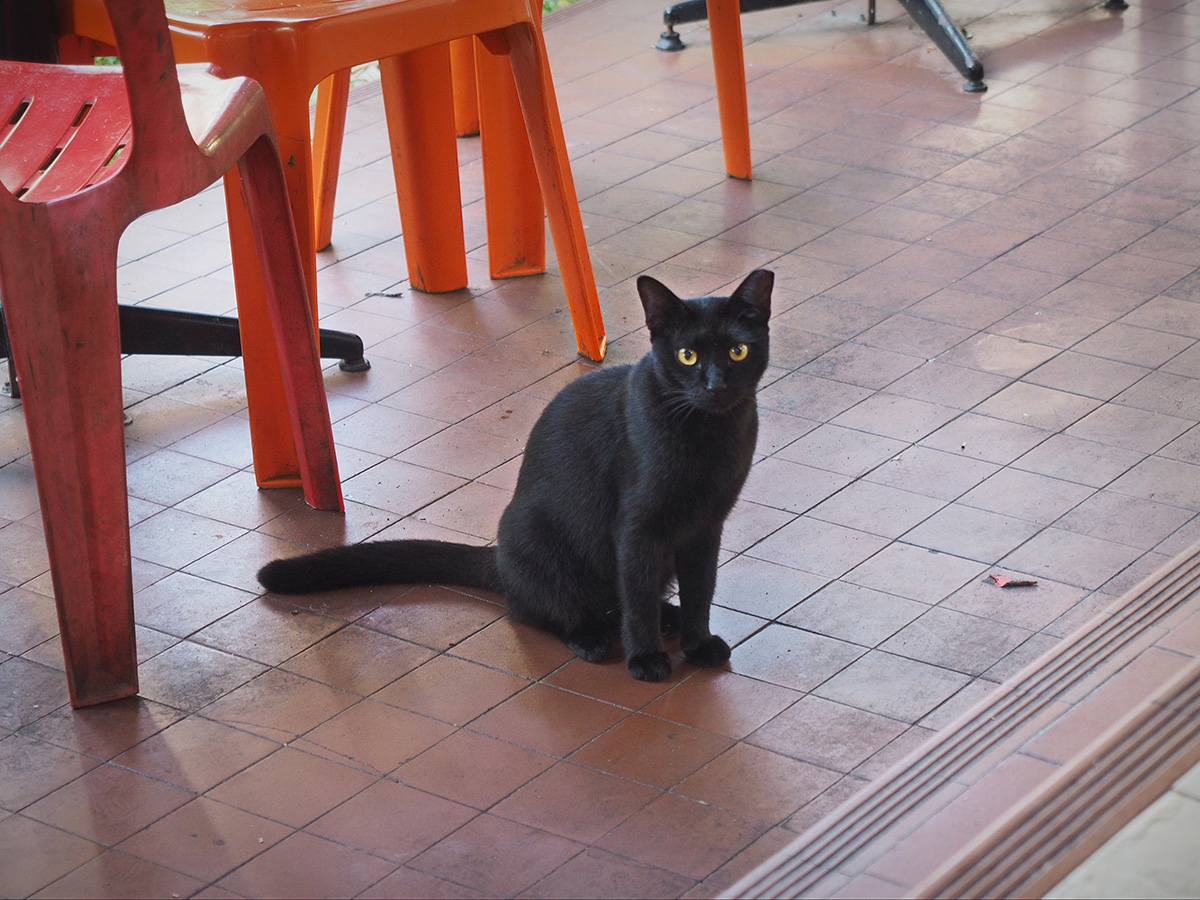
We proceeded up the road and turned left into the side path to the Keppel Hill Reservoir—well, maybe because it was rather dry and the water level was low, it looked more like a pond than a reservoir. The ancient-looking concrete steps next to the reservoir hint that it also may hold many tales. The “no swimming” sign seemed quite unnecessary, as the water was murky and most uninviting.
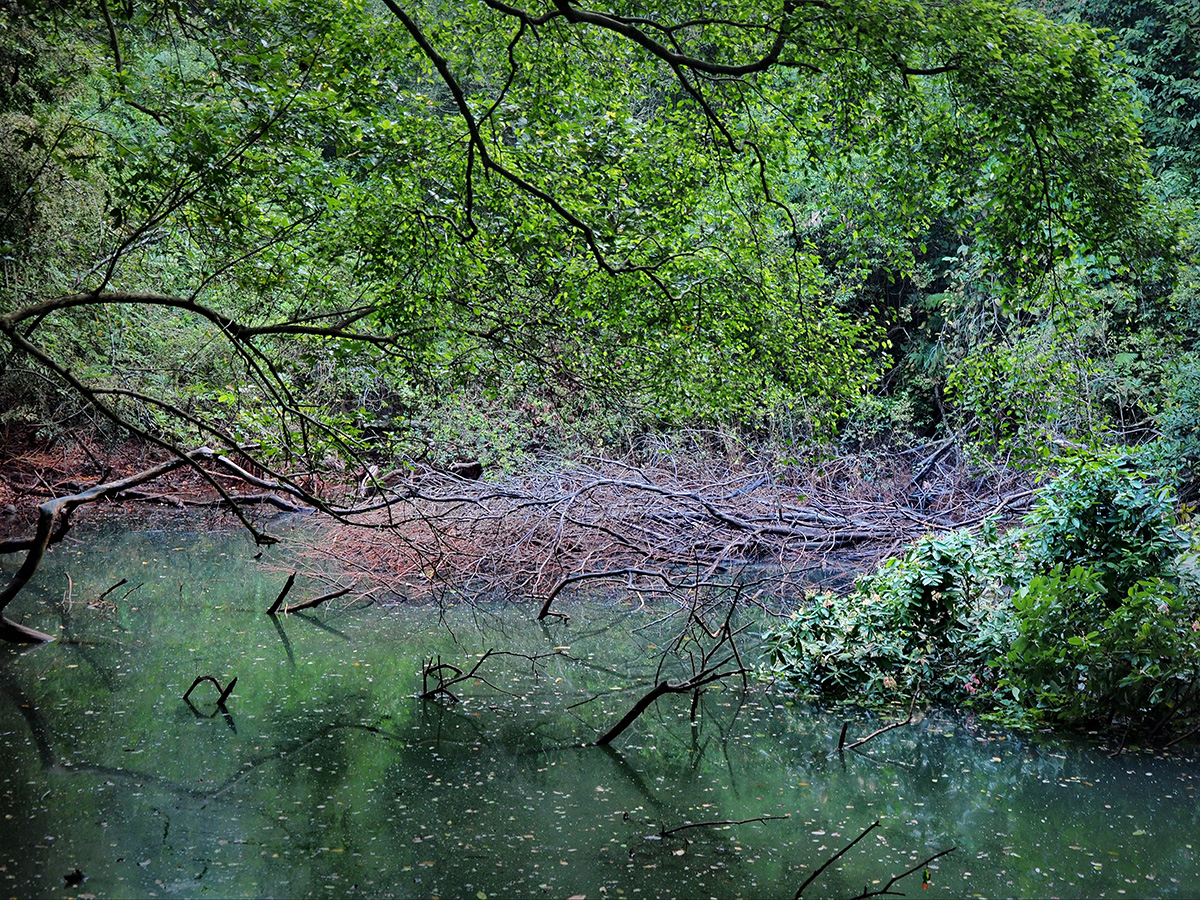
The next phase, the hike up the hill to the Japanese tomb, was the most physically challenging. It is interesting how the trail has subtle markers along the way — different-coloured ribbons and strings tied to trees. One gets the feeling that those who visit this place have great respect for where they are going, and the sense of reverence is palpable.
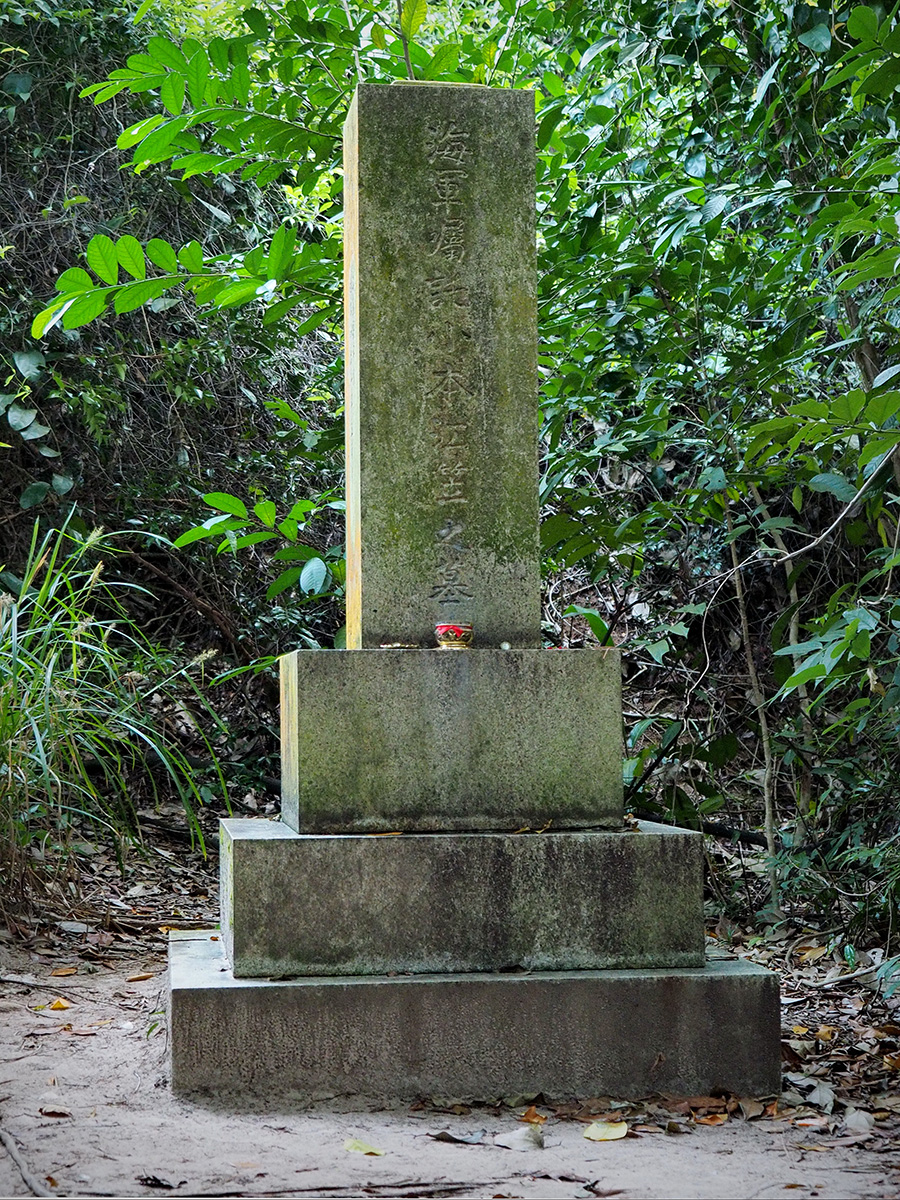
The tomb is dated 1942 (昭和拾七 in Japanese). It is stately and of a classic design from the era. Yet, there is a certain aura of tragedy about it. We are again reminded of the horrors of war and myriad stories of cruelty, valour, defeat and, ultimately, triumph.
As we headed back to reality, we were soon struck by the juxtaposition of all the reverence for nature and history on the one hand, and, on the other, the more selfish and anti-social aspects of life in Singapore today—an abandoned supermarket trolley dumped in the greenery.
Our spirits were soon lifted when we were greeted by the same black cat that, apparently, had been waiting for us while we visited the tomb. We named our new-found friend “Hitam”, which is the Malay word for “black”. It accompanied us all the way back to Keppel Hill Road.
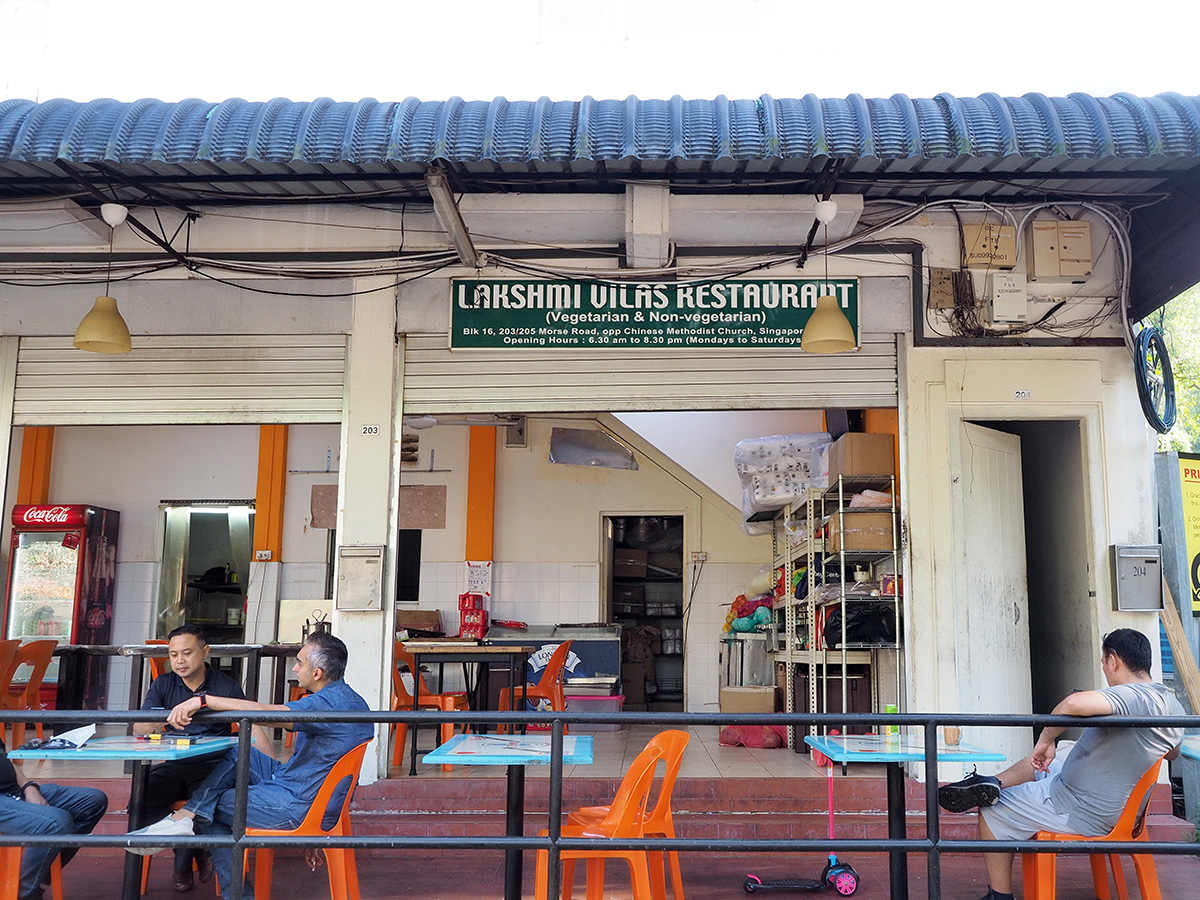
By then it was about 9am and time for breakfast. The five of us (four humans and one cat) proceeded to Lakshmi Vilas on the corner of Wishart Road, just across from the Chinese Methodist Church. Each of us had a coffee and a serving of roti prata with egg, all for just $10! Talk about bargains!
It is interesting how many pockets of greenery, serenity and history can be found in the midst of cosmopolitan Singapore. These are places we should enjoy, but also learn from, preserve and respect.
Some tips
- The youngest of us brought a hiking stick (not a walking stick). I was thinking that I’m fit and don’t need that. When descending the steep slopes, however, I saw how useful it could be.
- Our group — in our 50s, 60s and 70s — was able to manage this walk. But especially when you’re climbing up to the Japanese tomb, things can get challenging. It’s good to push yourself a bit, but also to know your limits. As it was dry, climbing the hilly area was ok; but if it were rainy season and the ground wet or damp, I would reconsider the trek.
- Bring a torch if you want to explore the WWII bunker and, again, watch your head.
- When descending steep slopes, have younger members of your group go in front of the older ones. If you happen to fall, you are likely to fall forward, not backward.
- Go early in the morning, and on weekdays. There was no one else around when we were there, which added to the sense of mystery. The sun was still low, and we did not need hats. Commencing the trip before 7:45am means that we, as Silvers, get the bargain 43¢ fare to the destination.
One final note. I find that, for our bus trips (or any trip, for that matter) it’s usually the unexpected, rather than the expected, that makes the trip special. And in this case, it was Hitam.

